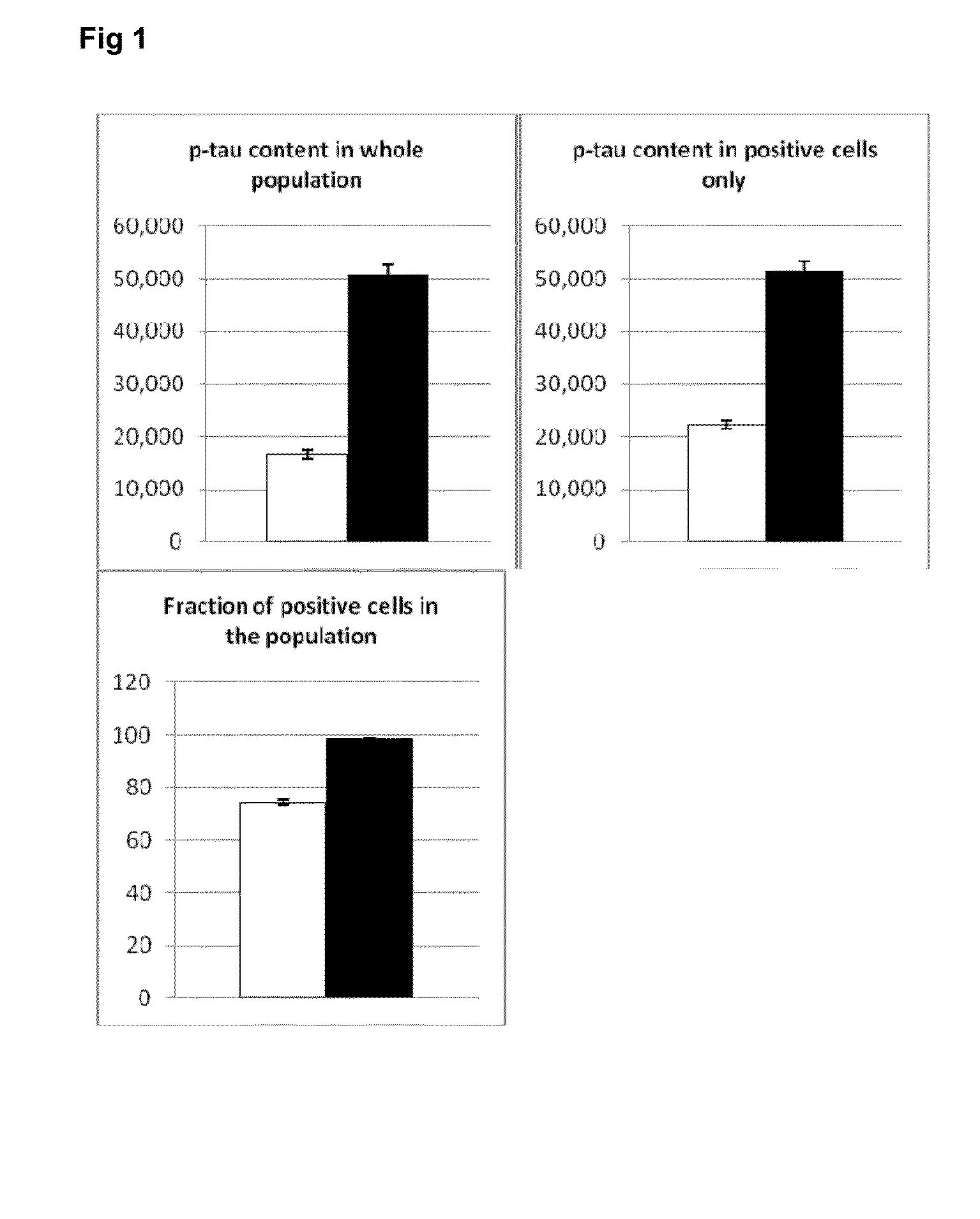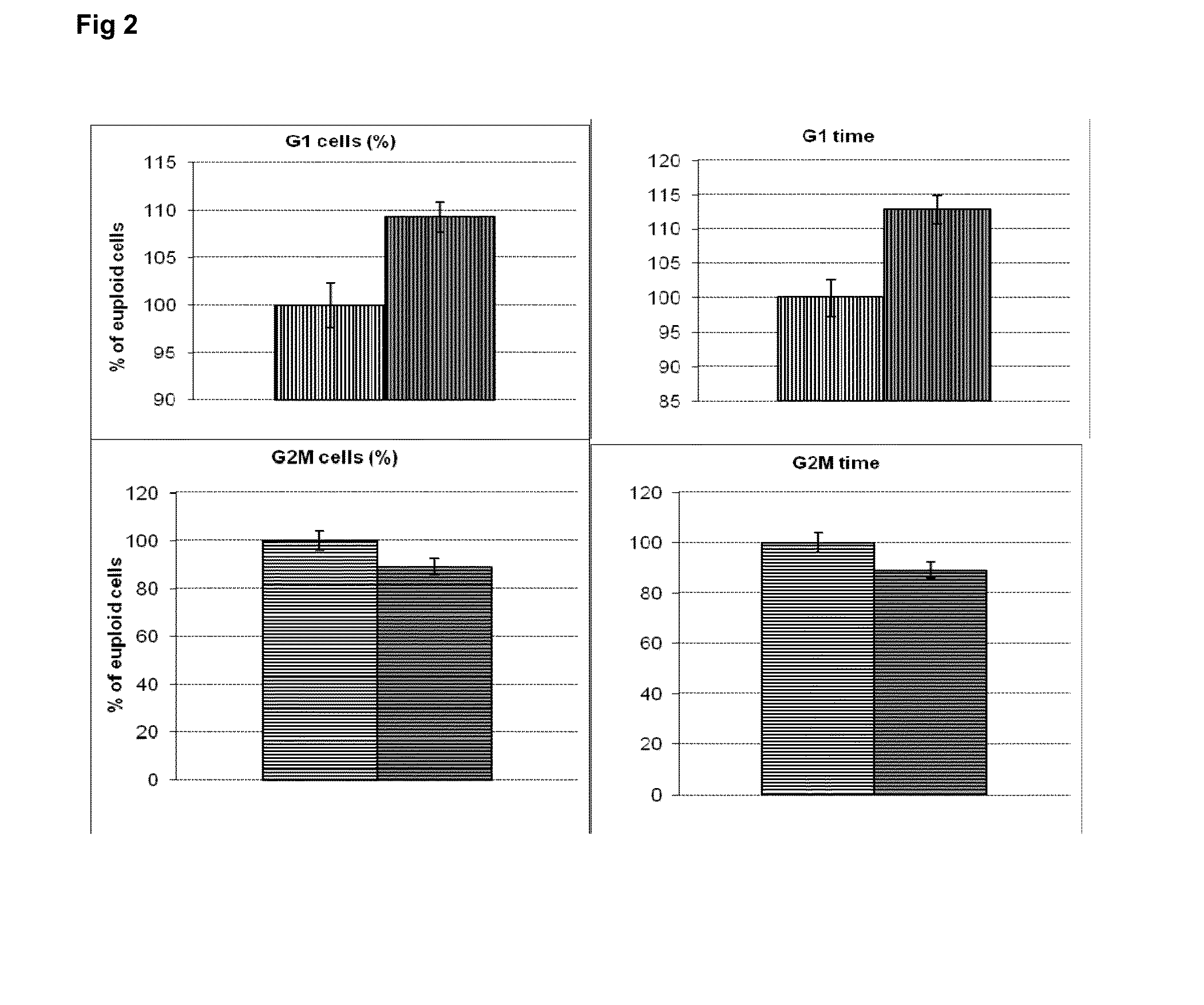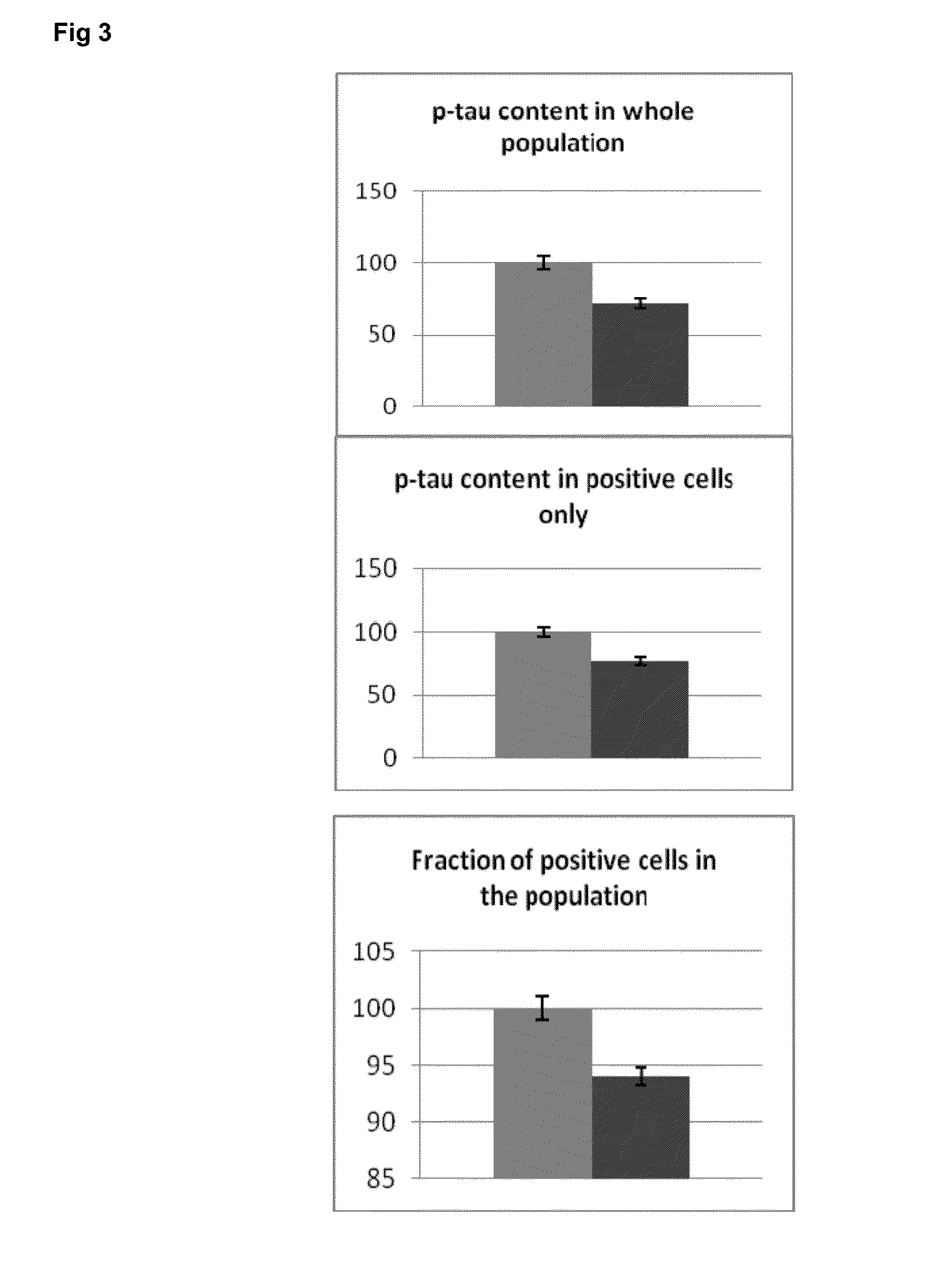Therapeutic Targets for Alzheimer's Disease
a technology for alzheimer's and therapeutic targets, applied in the field of new drugs, can solve problems such as no acceptance, cognitive impairment, dementia in affected individuals,
- Summary
- Abstract
- Description
- Claims
- Application Information
AI Technical Summary
Benefits of technology
Problems solved by technology
Method used
Image
Examples
example 1
Gene expression microarray analysis of brain samples from Alzheimer's disease patients
1.1 Patients and Biomaterials
[0215]Human brain tissue collected by the Oxford Project to Investigate Memory and Aging (OPTIMA) was made available through the Thomas Willis brain bank. In total, samples from 252 brains were available from a mix of elderly controls and patients suffer from preclinical, mild and severe AD at the time of death (as determined by Braak staging). The number of cases included in the study was based on availability, not statistical power calculations, as the outcome, and hence number of patients in each group-of-interest, was unknown. The tissue was snap frozen at the time of autopsy: and available from the lateral temporal lobe (severely affected by AD pathology), frontal lobe (affected by AD pathology) and occipital lobe (largely unaffected by AD pathology). A wealth of clinical information was available about each patient, including: Braak stage (severity of AD); additio...
example 2
Modulation of Rapamycin-Sensitive Genes has the Same Beneficial Effect on Alzheimer's Disease-Related Protein Expression as Rapamycin
2.1 Methods
[0232]The genes identified as rapamycin-sensitive genes (existing Table 1) were used for computer based (in silico) molecular network modelling and analysis (using the IPA molecular network tools). In silico simulation of molecular interactions in the AD brain was also carried out based on the expression pattern of the rapamycin-sensitive genes shown in Table 2. Selected rapamycin-sensitive genes were used for further simulations to predict the effect of silencing these rapamycin-sensitive genes on AD-related pathology.
[0233]The simulations were followed by experiments to verify whether the modulation of the downstream effectors of mTOR (rapamycin-sensitive genes) would lead to measureable changes in MAPT (microtubule associated protein tau) similar to rapamycin.
[0234]In the cellular models used, the mTOR activation is achieved by growth fac...
example 3
Modulation of mTOR Activity can be Detected by Imaging Metabolic Markers Associated with Rapamycin-Sensitive Genes
3.1 MRI
[0279]To analyse the effect of mTOR activation and inhibition on the brain, SD rats (170-220 g) were treated with rapamycin (inhibitor of mTOR; 0.2 mg / kg i.p.) and ketamine (activator of mTOR; 30 mg / kg i.p) and neuroimaging results from these experiments were compared to control (untreated) animals. There were three animals (n=3) in each group. Animals were sacrificed and the brain removed and frozen for imaging studies.
[0280]Whole organs were fixed in 0.154 M LiCl in 10:1 H2O: formaldehyde prior to MRI experiments. All imaging experiments were performed on a Bruker DMX300 spectrometer, at a 1H NMR resonance frequency of 300 MHz at 289.5±0.2 K. All images were acquired using a 30 mm radiofrequency resonator. Images were acquired using a spin-echo imaging technique [1]. A set of either 7 or 8 equally spaced, coronal slices of 1 mm thickness, with a matrix size of 1...
PUM
| Property | Measurement | Unit |
|---|---|---|
| pH | aaaaa | aaaaa |
| volume | aaaaa | aaaaa |
| volume | aaaaa | aaaaa |
Abstract
Description
Claims
Application Information
 Login to View More
Login to View More - R&D
- Intellectual Property
- Life Sciences
- Materials
- Tech Scout
- Unparalleled Data Quality
- Higher Quality Content
- 60% Fewer Hallucinations
Browse by: Latest US Patents, China's latest patents, Technical Efficacy Thesaurus, Application Domain, Technology Topic, Popular Technical Reports.
© 2025 PatSnap. All rights reserved.Legal|Privacy policy|Modern Slavery Act Transparency Statement|Sitemap|About US| Contact US: help@patsnap.com



